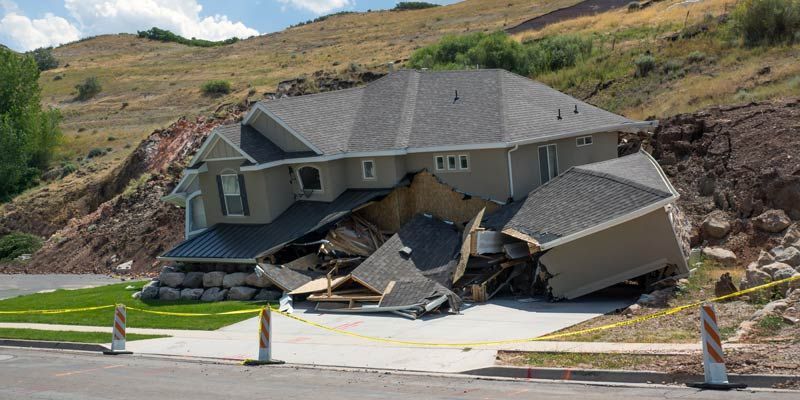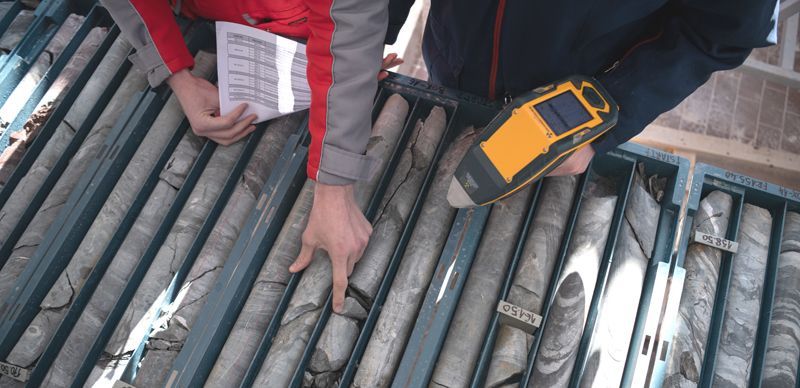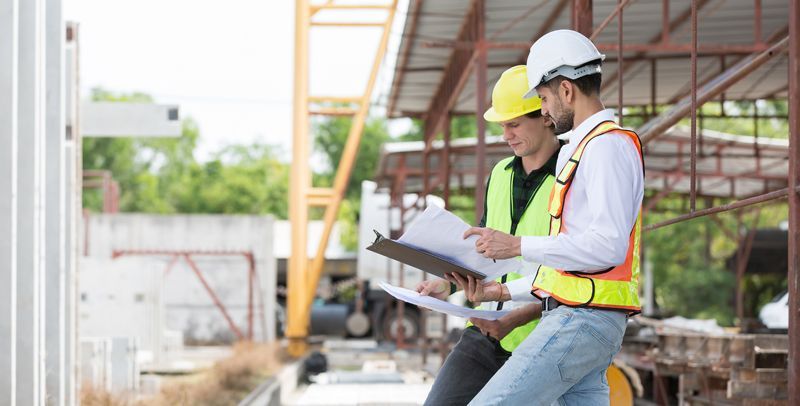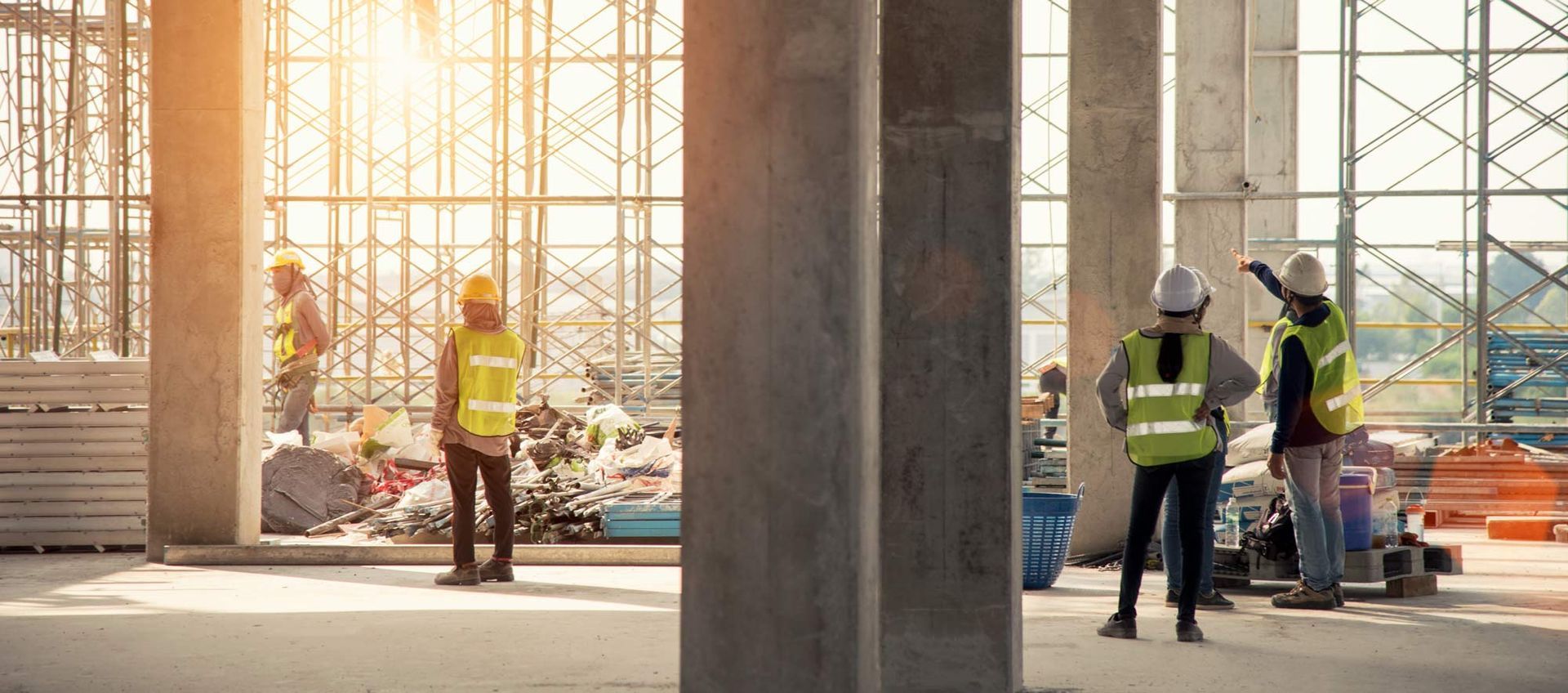The Basics of Geotechnical Engineering: Principles and Practices
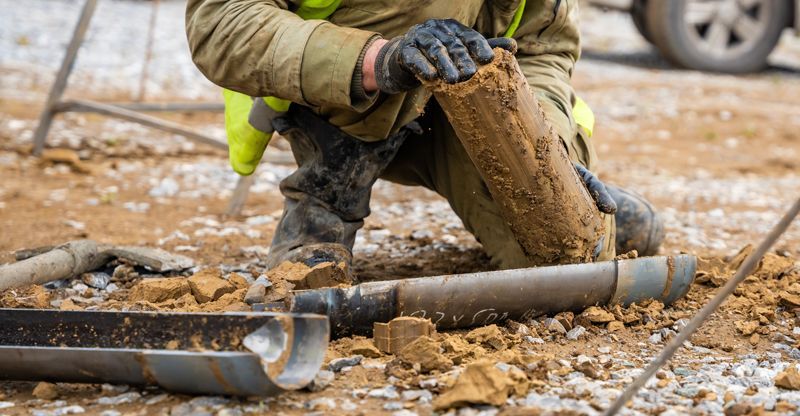
The Crucial Role of Geotechnical Engineering in Infrastructure Development
Geotechnical engineering stands as a vital pillar in the fields of construction and infrastructure development. It is a discipline deeply rooted in understanding the behavior of earth materials, such as soil and rock, and their interactions with manmade structures. The expertise delivered by geotechnical professionals underpins the safety, stability, and longevity of projects ranging from towering skyscrapers to intricate highway systems. Examining its principles and practices offers valuable insights into how this specialism shapes the built environment.
Understanding Geotechnical Engineering
At its core, geotechnical engineering focuses on assessing the properties of subsurface materials and applying this knowledge to design and construct safe foundations, slopes, retaining walls, tunnels, and other structures. This branch of civil engineering serves as the bridge between theoretical soil mechanics and practical construction. By analyzing natural terrain and geological features, geotechnical engineers help identify potential risks and implement measures to mitigate them, ensuring that structures can withstand environmental challenges.
Unlike other engineering specializations that primarily manipulate materials created by humanity, geotechnical engineers work with nature itself. Earth materials are inherently variable, with properties that fluctuate from one location to the next. This unpredictability demands a high level of analytical skill, as engineers must anticipate how ground conditions might change over time and under applied loads.
Fundamental Principles of Geotechnical Engineering
The success of geotechnical engineering projects relies on a set of fundamental principles, each of which governs a different aspect of soil behavior and foundation design. One critical concept is soil mechanics, which examines the physical properties of soil and its response to various forces. Soil is a complex mixture of minerals, organic matter, water, and air, and its composition varies across sites. Understanding parameters such as density, permeability, and shear strength enables engineers to predict how soil will behave under stress.
Another foundational aspect is the study of geotechnical loads. Structures exert forces on the ground that can lead to settlement, movement, or even failure if not properly managed. Engineers consider both static loads, such as the weight of a building, and dynamic loads, such as those caused by earthquakes or heavy machinery. Calculating the distribution of these loads is integral to designing stable foundations.
The principle of bearing capacity also plays a crucial role. This refers to the maximum load that soil can support without undergoing significant deformation or failure. Various testing methods, such as the Standard Penetration Test (SPT) or Cone Penetration Test (CPT), help determine the bearing capacity of soil. Armed with this data, geotechnical engineers can recommend appropriate foundation systems to support structures safely.
Lastly, groundwater behavior significantly impacts geotechnical projects. The presence of water within soil can alter its strength and stability, leading to potential problems such as erosion or liquefaction. By studying hydrogeology, engineers can predict and address these challenges, often through measures like drainage systems or soil stabilization techniques.
Key Practices in Geotechnical Engineering
The practices employed by geotechnical engineers are designed to evaluate site conditions, minimize risks, and achieve engineering objectives effectively. The first step in most projects is site investigation, a critical process that involves gathering data about subsurface conditions. Techniques such as soil sampling, borehole drilling, and geophysical surveys provide a detailed understanding of a site’s characteristics, which form the basis for subsequent design decisions.
Laboratory testing follows site investigation, allowing engineers to measure soil and rock properties in controlled environments. These tests yield precise data regarding parameters like moisture content, compaction, and particle size distribution, which are essential for selecting design criteria.
Once sufficient data has been collected, engineers develop a geotechnical design tailored to the project’s specifications. This includes choosing appropriate foundation types, which can range from shallow systems like spread footings to deep foundations such as piles. Innovative designs often emerge from thorough evaluation, enabling structures to adapt to challenging site conditions.
Continuing through the construction phase, geotechnical engineers perform vibration monitoring and quality assurance to ensure that foundations and other components comply with design specifications. Advanced tools like inclinometers, settlement gauges, and groundwater monitoring systems provide real-time updates on a structure’s stability, allowing engineers to address issues proactively.
Another vital practice is ground improvement, especially when working with poor soil conditions. Techniques like soil compaction, grouting, and the use of geosynthetics can significantly enhance the strength and stability of weak subsurface materials, creating a more reliable foundation for construction projects.
The Importance of Geotechnical Engineering in Modern Construction
It is impossible to overstate the significance of geotechnical engineering in modern infrastructure development. Every road, bridge, airport, and high-rise structure owes its stability to the meticulous work of geotechnical experts. Their contributions are particularly critical in areas prone to natural disasters, such as earthquakes, floods, and landslides.
For example, in earthquake-prone regions, geotechnical engineers assess the potential for soil liquefaction—a phenomenon where saturated soils lose strength and behave like a liquid under seismic stress. They then design foundations capable of resisting this effect, reducing the risk of catastrophic structural failures. Similarly, in flood-prone areas, these engineers help devise drainage systems that prevent water from destabilizing foundations and retaining walls.
Beyond mitigating risks, geotechnical engineering also supports sustainability efforts in construction. Techniques such as recycled soil stabilization and the use of renewable construction materials reduce the environmental impact of projects. This aligns with the global push toward eco-friendly infrastructure, where minimizing waste and conserving resources are paramount objectives.
The field also contributes to cost efficiency. A thorough geotechnical investigation helps identify potential problems early in a project’s lifecycle, enabling engineers to avoid costly redesigns or repairs. By addressing challenges upfront, geotechnical engineering ensures that investments in infrastructure deliver maximum value over the long term.
Staying Ahead in the Industry
The evolution of technology continues to redefine what geotechnical engineering can achieve. Advanced simulation software allows engineers to model complex interactions between soil and structures with unprecedented accuracy. Additionally, geotechnical professionals are increasingly leveraging tools such as drones for site surveys and machine learning algorithms for predicting ground behavior.
One particularly exciting innovation is the use of remote sensing techniques, which provide large-scale data on ground conditions without the need for intrusive testing. These advancements not only streamline processes but also enhance safety by minimizing on-site risks.
Kagaoan Engineering exemplifies how industry leaders must harness both traditional practices and emerging technologies to maintain excellence. By combining decades of expertise with cutting-edge solutions, firms like Kagaoan Engineering ensure that clients receive reliable, custom-tailored approaches to geotechnical challenges.
Conclusion
Geotechnical engineering serves as an essential foundation—both figuratively and literally—for the modern built environment. From assessing soil mechanics to designing robust foundations, its principles and practices safeguard structures against natural and manmade forces alike. The expertise of geotechnical engineers paves the way for enduring infrastructure, while their innovative approaches address emerging challenges with precision and creativity.
For firms like Kagaoan Engineering, geotechnical excellence is not just a service—it is a responsibility. By addressing critical concerns in construction and infrastructure development, these professionals stand as unsung heroes of engineering, ensuring that communities thrive on solid ground. Whether it is skyscrapers piercing the skyline or tunnels carving through mountains, geotechnical engineering lies at the heart of every structure’s success.


